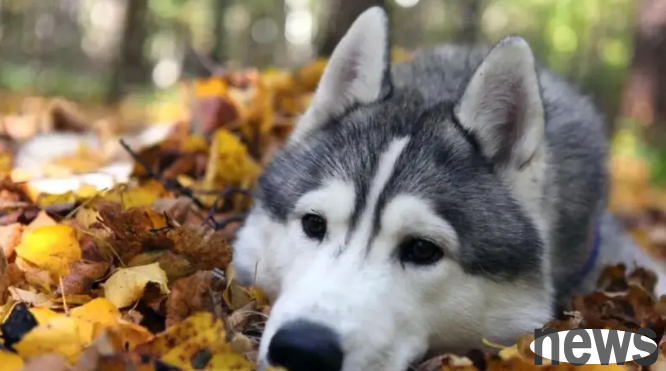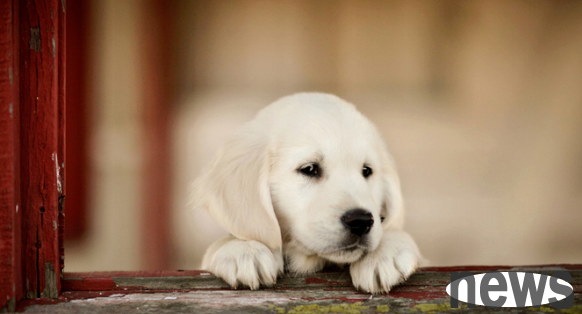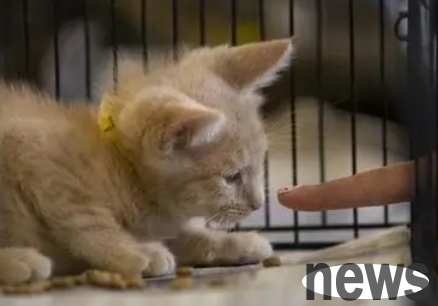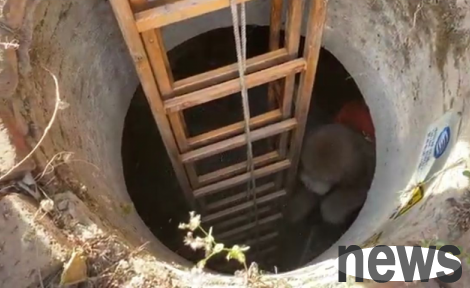In fact, the dog is already very lonely, but you don’t know?
Dogs are the most loyal friends of mankind. They warm our lives with unconditional love and companionship. However, have you noticed that sometimes your dog may be experiencing loneliness and loneliness? They cannot express emotions in words, but they will tell you their inner feelings through a series of actions. This article will reveal seven manifestations of dogs when they are lonely and provide professional pet knowledge explanations to help you better understand and take care of your dog.

1. Sleep all day long
The sleeping pattern of dogs is different from that of humans, and they need more time to rest and recover their physical strength. However, if your dog is sleeping all day long and appears listless, it may be a sign of loneliness and boredom. In the absence of sufficient companionship and stimulation, dogs may choose to pass the time by sleeping. At this time, the owner should increase the interaction time with the dog, take it out for a walk, play, or provide some intellectual toys to stimulate his interest.
2. Always make small moves
When dogs feel lonely, they may become restless, manifested as frequent small moves such as biting things, digging the ground, chasing their tails. These behaviors are the way dogs try to find fun and stimulation, and they also release stress and anxiety. If your dog experiences these behaviors, the owner should give more attention and companionship while ensuring that it is provided with a quiet and stable environment to reduce its anxiety and loneliness.
3. Frequent licking yourself
Dog licking yourself is a normal self-cleaning behavior, but if this behavior becomes too frequent, it may be a sign of the dog's feeling lonely and anxious. Licking can help your dog relieve stress and anxiety, but excessive licking can cause skin problems. If your dog is licking frequently, the owner should check whether his skin is healthy and try to increase the time of interaction with it to relieve his loneliness.
4. Begin to become mature and steady
Although maturity and steady is a positive change in the growth process of dogs, if this change is too sudden or obvious, it may be that the dog becomes silent and introverted due to loneliness. In the absence of companionship and attention, dogs may gradually lose their vitality and become less lively and active as before. At this time, the owner should pay attention to the dog's emotional changes and give more care and companionship to help it regain happiness and vitality.

5. The dog lies at the door for a long time, probably because it is waiting for its owner's return, or is eager to go out and play. This behavior reflects the dog's loneliness and desire to accompany it to a certain extent. If your dog does this frequently, the owner should try to ensure that he has enough time to accompany him every day and leave him with some fun toys or audio equipment when he is out to relieve his loneliness.
6. Barking is a way for dogs to express emotions, but if it keeps barking, especially when its owner is away, it may be a sign of its loneliness and uneasiness. The dog may bark to attract the attention of his owner, or try to drive away the loneliness and fear in his heart. In this case, the owner should try to understand the dog's needs, give it more attention and companionship, and also teach it the correct way of expression through training.
7. More clingy than before
If your dog suddenly becomes more clingy than before, always following you, licking you, or even asking you to hug it, it may be that it seeks more intimate contact and comfort because of loneliness. Dogs are social animals that need to establish a close connection with their owners to gain a sense of security. Therefore, when dogs feel lonely, they will rely more on their owners and hope to get more care and companionship from their owners. In this case, the owner should try his best to meet the needs of the dog, give it enough attention and companionship, so that it can feel the warmth and security of the home.
In addition to the above seven manifestations, dogs may also show symptoms such as loss of appetite, listlessness, and dull eyes when they are lonely. Therefore, as owners, we need to always pay attention to dogs’ emotional and behavioral changes, and promptly discover and deal with their loneliness problems.
To alleviate the loneliness of the dog, we can take the following measures: First, increase the interaction time with the dog, play, walk or train with it; second, provide the dog with a quiet and stable environment to avoid excessive stimulation and noise; in addition, we can also prepare some intellectual toys or audio equipment for the dog to enrich its life; finally, if conditions permit, consider finding a companion for the dog or taking it to a pet social place to interact with other dogs.
In short, the problem of dogs' loneliness cannot be ignored. As masters, we need to carefully understand their needs and feelings, and give them enough attention and company. Only in this way can we establish a more harmonious and intimate relationship and spend every happy time together.












